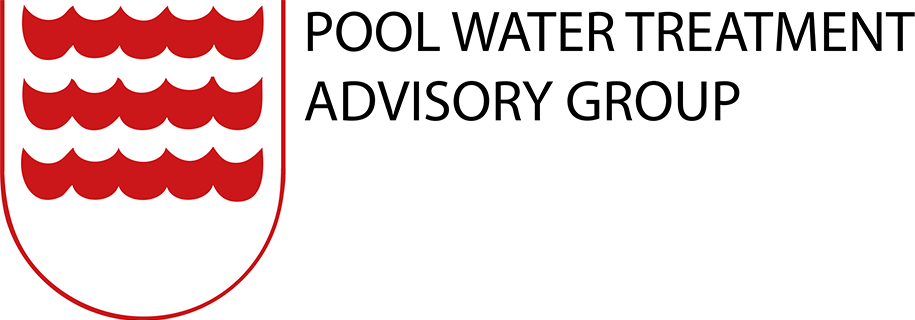The PWTAG Code of Practice provides pool operators with a structured plan for the technical operation of their pool.
The code ensures that the technical operation of a pool meets quality standards that provide a healthy experience for swimmers using recognised and established practices, techniques, engineering and design. For this reason, all UK pools are encouraged to follow it.
The Code provides a model of operation based on the authority of PWTAG good practice. Following the Code gives an assurance to operators and to the public that the pool meets essential healthy pool operational standards.
The Code is designed, among other things, to meet the health challenge of one of the greatest threats that the sector has to deal with – the chlorine-resistant pathogen Cryptosporidium.
The code is based on the 2017 PWTAG book, Swimming Pool Water: treatment and quality standards for pools and spas. It does not replace the book. Operators should still refer to it, and it provides some of the basics for PWTAG’s training material.
Pools that follow the Code of Practice can put themselves forward to be assessed against it. Pools that meet the standard of the Code can be recognised by accreditation with the PWTAG PoolMark award.
The Code of Practice is now revised with post pandemic changes. What has changed:
This latest edition incorporates the pool water treatment system requirements following the end of some Covid-19 precautionary measures on 19 July 2021. Public Health England have advised that some measures, like local lockdowns and increased surveillance, may continue for some time. The Code of Practice changes that have been introduced are the results of lessons learned from the pandemic, and are in effect improvements in our pool water practices – providing greater levels of protection for the future. The post pandemic CoP supplements and updates previous guidance
